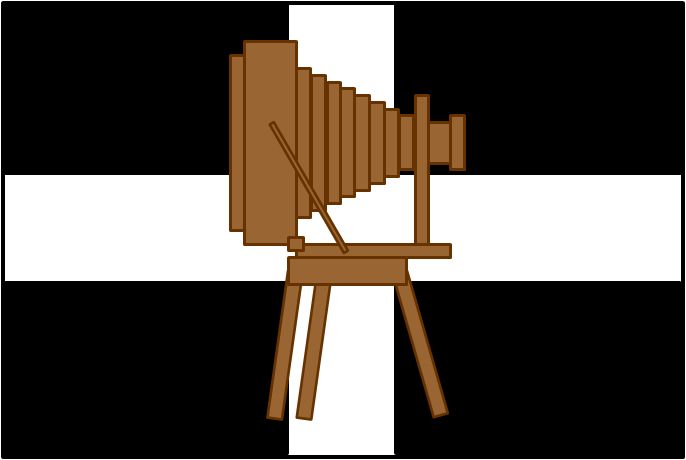Photographs taken 2005 to 2009
South Caradon Mine covers an extensive area on the south and south-western side of Caradon Hill. A rich deposit of copper was discovered here in 1836, and led to the major mining boom in the Caradon and Liskeard district, which lasted until the 1890s. The South Caradon Mine became the largest and richest copper mine in Cornwall, east of St.Day in the Redruth district. There are extensive remains left on the surface, marking where the many famous shafts were sunk, including Jope's, Rule's, Pearce's, Sump, Clymo's and Kittow's. It was Captain James Clymo and his sons, and the Kittow family who owned the mining lease since 1833, and finally struck it rich three years later.
"Great Caraton Copper Mine"

The workings and chimneys around Pearce's Shaft and Sump Shaft
Wilkie Collins in his Rambles Beyond Railways of 1851, described the hectic and noisy scene of the South Caradon (Caraton in his book) mine, while on his walking tour of Cornwall:
"...we still continued to ascend, proceeding along the tramway leading to the [Great Caraton Copper mine]. Soon the scene presented another abrupt and extraordinary change. We had been walking hitherto amid almost invariable silence and solitude; but now, with each succeeding minute, strange, mingled, unintermitting noises began to grow louder and louder around us. We followed a sharp curve in the tramway, and immediately found ourselves saluted by an entirely new prospect, and surrounded by an utterly bewildering noise. All about us monstrous wheels were turning slowly; machinery was clanking and groaning in the hoarsest discords; invisible waters were pouring onward with a rushing sound; high above our heads, on skeleton platforms, iron chains clattered fast and fiercely over iron pulleys, and huge steam pumps puffed and gasped, and slowly raised and depressed their heavy black beams of wood. Far beneath the embankment on which we stood, men, and women, and children were breaking and washing ore in a perfect marsh of copper-coloured mud and copper-coloured water. We had penetrated to the very centre of the noise, the bustle, and the population on the surface of a great mine."
The industry and noise are all now quiet, and the mines are returning their workings to nature. The birds now sing where the engine houses have fallen silent, and all is now a far cry from the pollution and noise of 150 years ago, when this area of Bodmin Moor was a very, very different place.

Rule's South Shaft pumping Engine House at South Caradon Mine

Another view of Rule's South Shaft Engine House - the shaft is on
the right behind the wall

South Caradon Mine Rule's Shaft engine houses

Rule's South Shaft Engine House and remains of old tranway tunnel

Inside the now blocked off old tramway tunnel

Spoil heaps of waste material at South Caradon Mine

A trestle of the old tramway onto the old spoil heaps at South
Caradon

Looking across to South Caradon Mine from near West Caradon Mine
(South Caradon Rules Shaft is in the centre distance)

The same view as above - but taken in early March. Contrast the
amount of greenery!

Another look at the western workings of South Caradon, with Jope's
Shaft Engine House in the foreground

Jope's Shaft Engine House of South Caradon Mine

Another view of Jope's Shaft Engine House and chimney

Jope's Shaft Engine House

Looking down the Seaton Valley, with Pearce's Shaft and Sump Shaft
on the left

Rule's North Shaft (Holman's Shaft) at South Caradon Mine, looking
south
See also the Cornish Mining World Heritage Site page, which includes the CHAHP (Caradon Hill Area Heritage Project)


Connect with us, Like us and Follow us on Facebook!
PhotoFile Cornwall supports CoaST and Sustainable Tourism